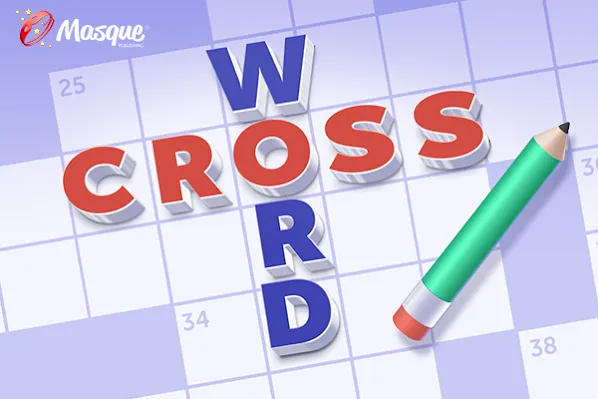Vaping is no harmless habit; parents must know the signs, the dangers

We live in an age where the pressures and stresses surrounding raising a child multiply daily. Within this whirlpool, a new and sneaky crisis is presenting in ways that threaten children’s well-being and demand undivided attention. Some kids are trapped in a dangerous vaping epidemic. The allure of these new electronic devices is not to be underestimated, and the dangers of e-cigarettes to children are far worse than many realize.
At first glance, the vaping device might seem harmless. Slim and compact, and often disguised as USB drives or highlighters, these devices are engineered for concealment, making it easy for a child to hide a habit from his parents or a teacher. The array of alluring flavors – fruit medleys and dessert-inspired concoctions – effectively mask the reality of what is being inhaled. But make no mistake: The vehicles of vaping are a serious threat to our children’s health and futures.
More: Words and warnings won't stop the flow of unregulated, flavored vape products
The underlying problem is nicotine, a highly addictive substance hazardous to developing brains. While some of the most popular vapes among kids contain no nicotine, some devices contain the equivalent of 20 cigarettes. This is no harmless habit or passing phase; it’s a pipeline to a lifelong addiction. Nicotine exposure during adolescence can alter brain development, affecting attention, learning, and susceptibility to future addictions, according to the Centers for Disease Control. We’re not just talking about a buzz but about potential alterations to children’s brains.
In addition, the perception that e-cigarette aerosol is just ‘harmless water vapor’ is a myth. According to the South Carolina Department of Public Health, each puff exposes children to a toxic brew of chemicals. E-cigarette aerosol contains metals, carcinogens, ultra-fine particles, and other volatile substances. The long-term health consequences of all of these substances are not yet clear, but so far, the picture is disturbing. We are allowing children to serve as guinea pigs for a massive health experiment, the results of which might not be apparent for years – or even decades.
We must be on guard. Vaping can be covert. However, here are some telltale signs: an unexplained sweet smell on your child’s breath, a charging cord, or a USB-like device you haven’t seen before. When it comes to behavior, watch for an increase in coughing or clearing of the throat, unexplained nosebleeds, or the appearance of mouth sores. A sudden change in school performance or, for athletes, a sudden change in athletic performance, extreme mood swings, or sudden irritability and anger also are signs.
Next, you must talk to your kids. This is not a one-time talk. This calls for ongoing dialogue. Have these talks casually, perhaps while driving together or preparing dinner. Ask your child open-ended questions and let him or her talk about what they know. A question such as, "What do you know about vaping?" or "Why do you think kids choose to start vaping?'' can get the ball rolling.
Vape companies have spent millions on ad campaigns to get a new generation hooked on their products, employing tactics such as social media influencers and youth-culture imagery to make it all look calm and safe.
If you find out your adolescent is vaping, don’t judge. Offer help. Just Say Something, and our partners have resources to help.
Phillip Clark is CEO of Just Say Something. He can be reached at [email protected].
This article originally appeared on Greenville News: Talk to your kids about vaping; here's what to know
Solve the daily Crossword

